There has never been such a place in Florence. Artists and visitors have flowed in and out of the cradle of the Renaissance for centuries, without any place to mingle together with locals that is quite like Numeroventi. Deep inside Palazzo Galli Tassi, the modern world collides with history in an elegant display of artistry, shared living, and collaborative creation.I’ll always remember stepping off the street, emerging into the courtyard of Palazzo Galli Tassi, and facing the statue of Hercules in the shade. I’ll always remember the neoclassical staircase and the chubby cherub on its bannister, appropriately holding a bunch of grapes. I’ll always remember the apartments, the comfortable furniture and high ceilings. I’ll always remember the acquaintances who so quickly became family. And I’ll always remember how, on spring evenings suffused with lamplight, the quadrangular atrium framed a Florentine sky.
Built on the foundation of merchant houses in the early 16th century, Palazzo Galli Tassi has hosted an array of distinguished figures throughout its history, beginning with Baccio Valori, a fierce military man and politician who served as the city’s governor before his beheading. Then in 1623, the noble Galli Tassi family bought the building. Preparing for his son’s wedding, the patriarch of the house expanded the property and decorated its interiors, adorning the ceilings with sumptuous Baroque frescoes. After their ownership, the palazzo held numerous governmental institutions until it was purchased by Girolamo Pagliano, a theatre patron and pharmacist who passed it down from generation to generation and finally into the hands of Martino di Napoli Rampolla, one of the founders of Numeroventi.
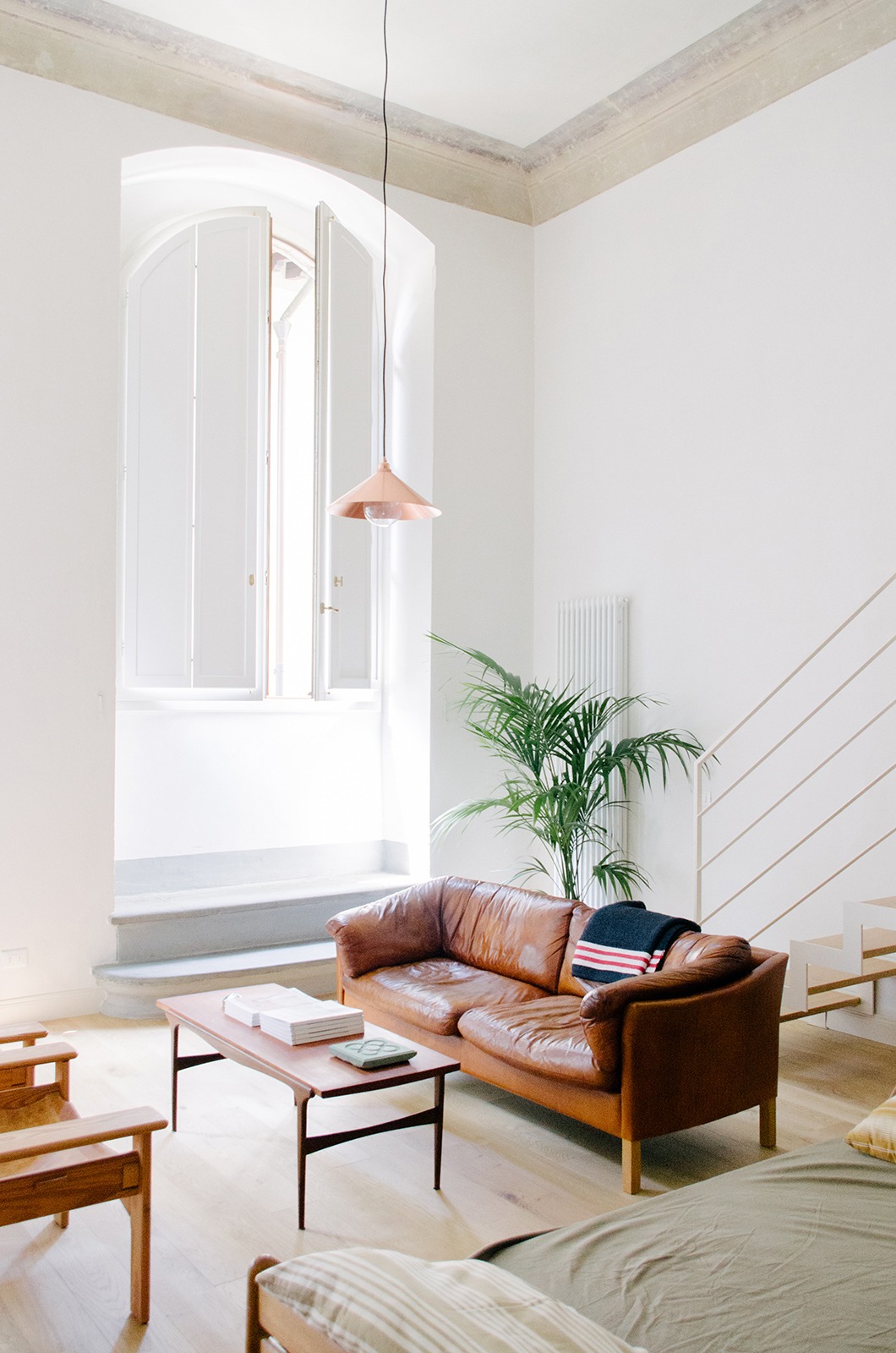
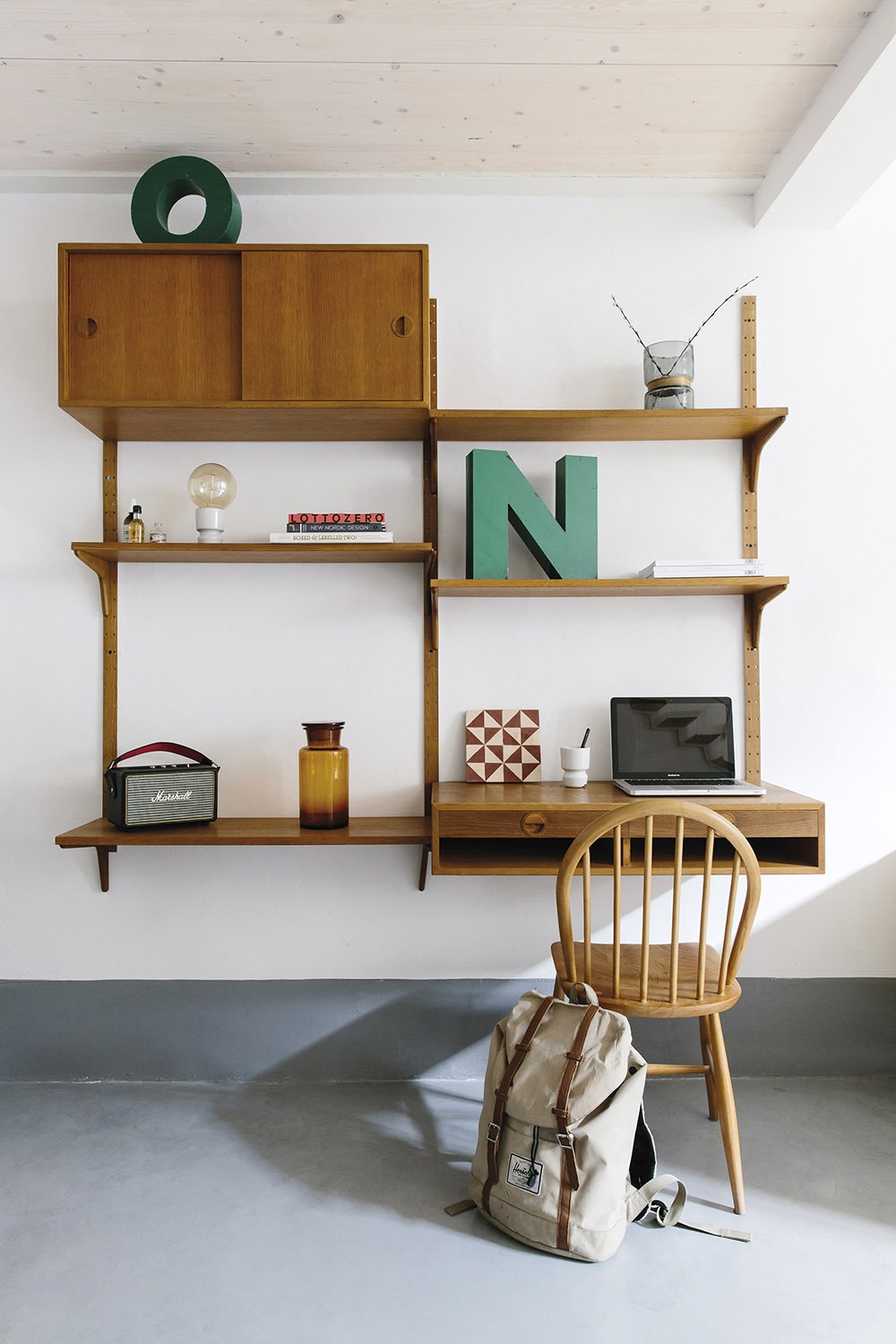
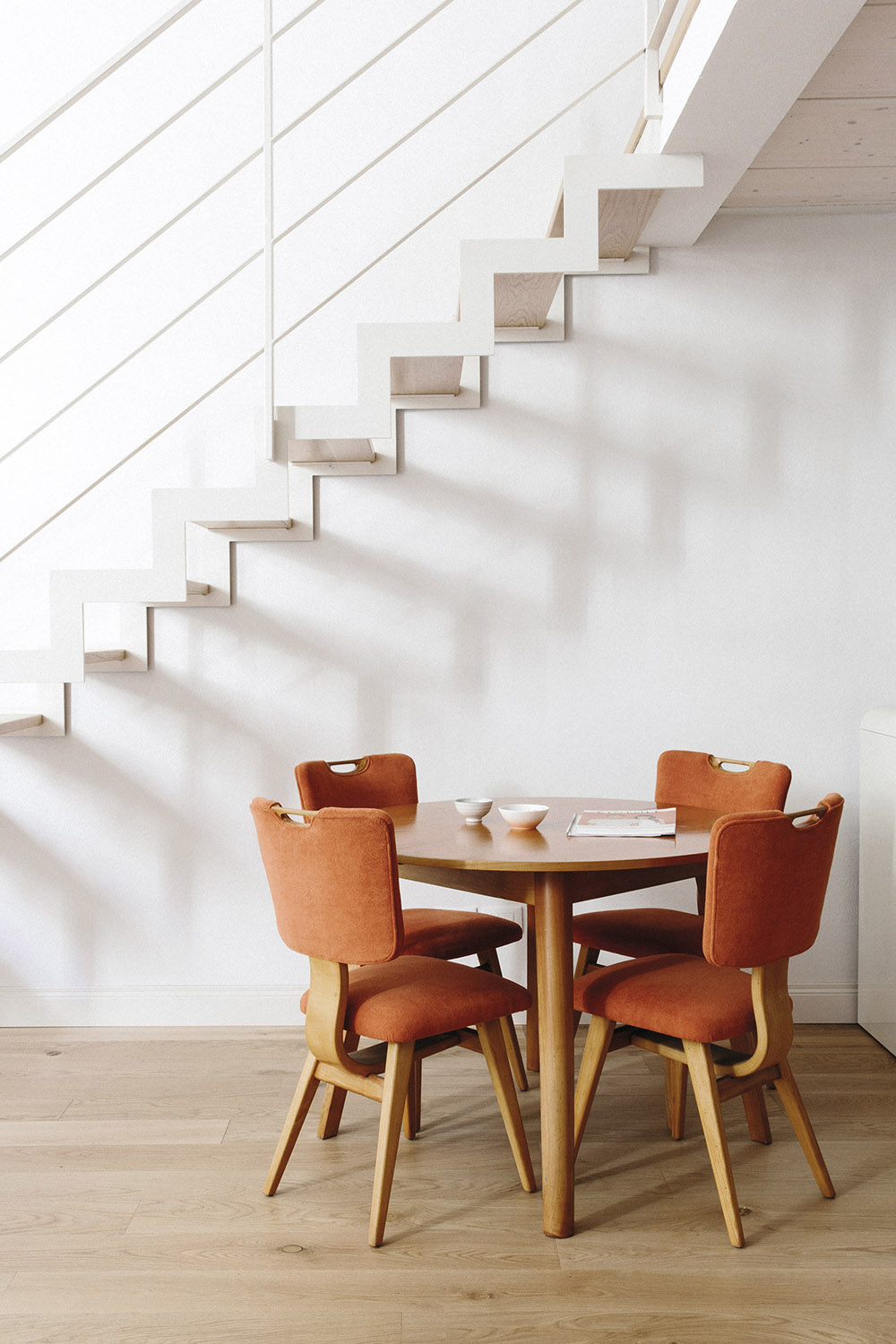
Martino, returning from the metropolitan capitals of Europe, felt a distinct lack of contemporary culture in his native city, although it certainly didn’t lack artists. Florence, due to its aesthetic elegance, typically attracts creative individuals who seek to regenerate their inspiration from history, functioning like a lighthouse for those adrift at sea. But Martino noticed that these artists, after confronting such grandeur, were often afflicted with a false sense of inadequacy, with the wrongful belief that they couldn’t contribute, which resulted in the absence of a recognisable modern community. This city needs a space, he concluded, that unifies the past and present, a harbour where the imagination can flourish. From this necessity, Numeroventi was born.
Despite his determination, Martino could never have manifested his vision alone. He spent a considerable amount of the year abroad; he worked at his family’s vineyards in Chianti; and he’d grown slightly estranged from Florence. He had to counterbalance his lofty ambitions with practical knowledge, to ground his ideas in the city itself. In others words, he had to find a partner. Luckily, a mutual friend suggested that Martino have coffee with Alessandro Modestino, a venue manager who became his partner and without whom the project wouldn’t have been possible.
In the spring of 2016, they established Numeroventi: an artist residency, co-working and exhibition spaces, with apartments for visitors of the birthplace of the Renaissance. With interiors designed by Andrew Trotter, these apartments feature vintage furniture from all across Europe and have been re-imagined, simplicity and sophistication, which allows natural light to flood the high-ceilinged rooms. To facilitate human interaction and connection, they also share a collective kitchen where friends and family frequently come to eat dinner, drink wine, and discuss future projects. Here, after a day of adventure in The City of Lilies, the guests feel soothed instantly, breathing a spontaneous sigh of relief from the bustle and the sweltering heat. Undoubtedly, the distinctive characteristic of Numeroventi’s unique identity is its artist residency.
The culminating event of Numeroventi’s inaugural year was Ten Spaces. That day, the entire body of Palazzo Galli Tassi transformed into a contemporary gallery. There was an assortment of artworks throughout the building ranging from a digitally reflected game of ping-pong to an abstract icon sculpted against the antique wall. Later that night, a party took place down in the courtyard where you would’ve found a table full of aperitivo freshly prepared by Martino’s grandmother, a bar stacked with craft beer and bottles of wine from the Rampolla vineyards, and the fine air wildly alive with laughter.
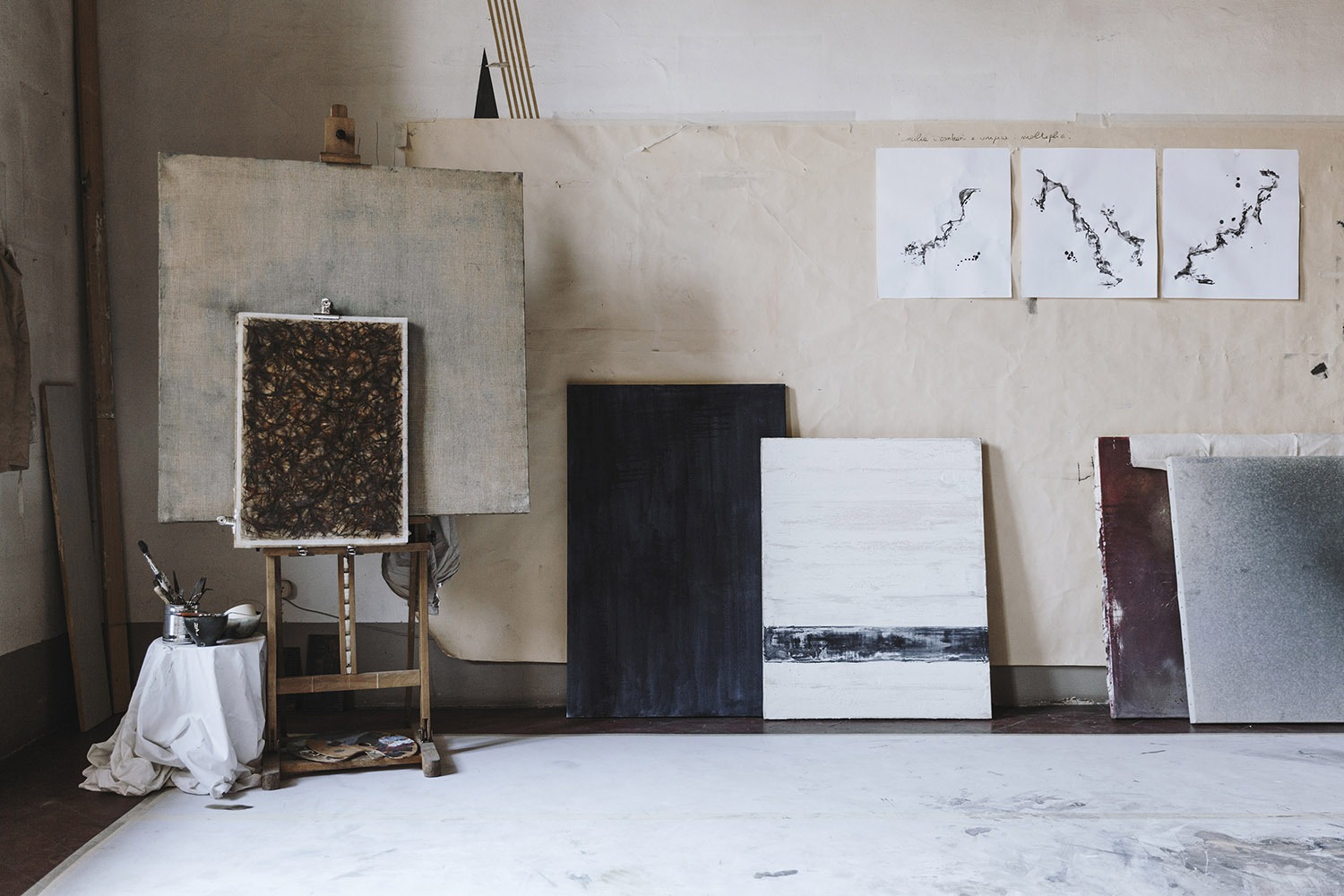
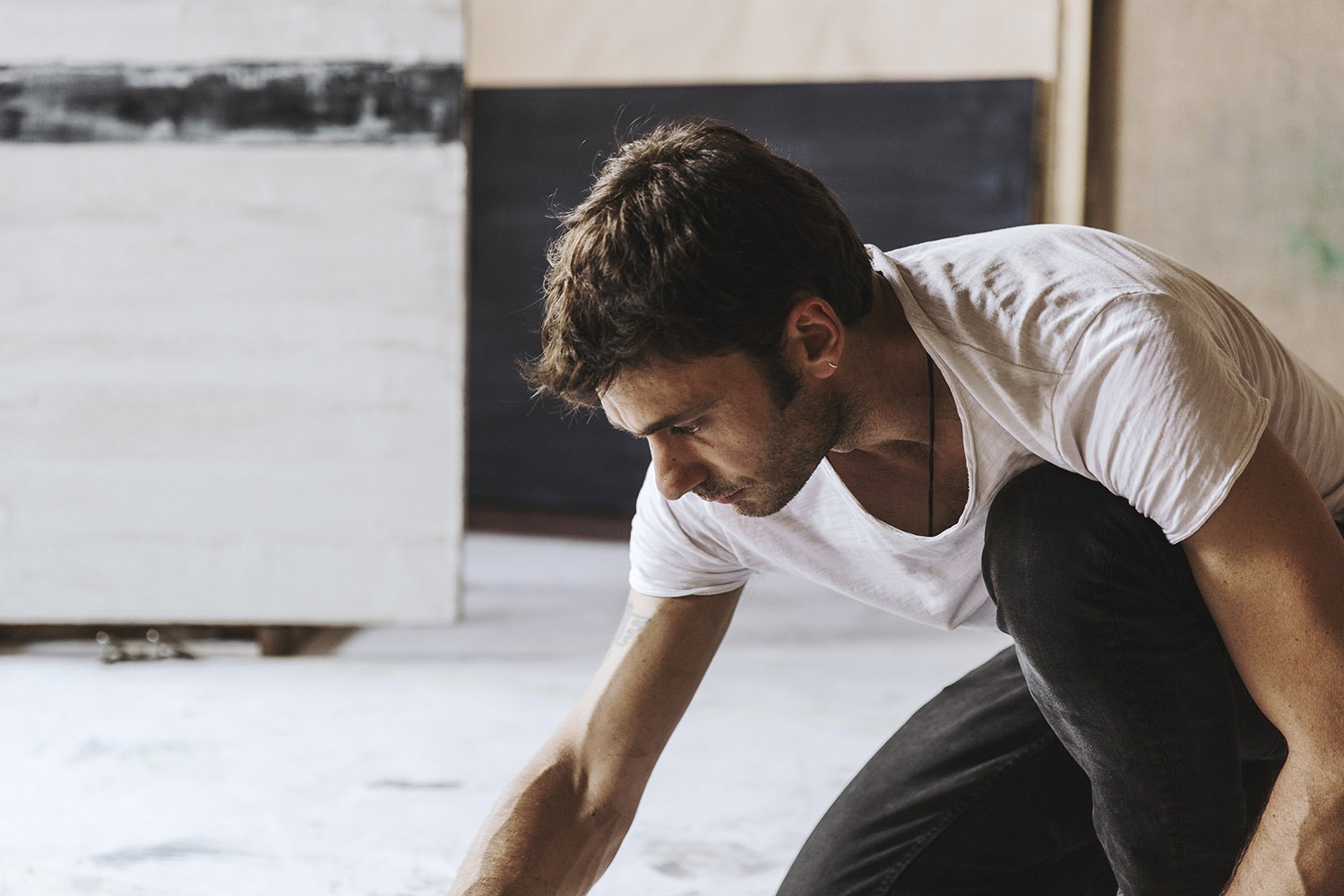
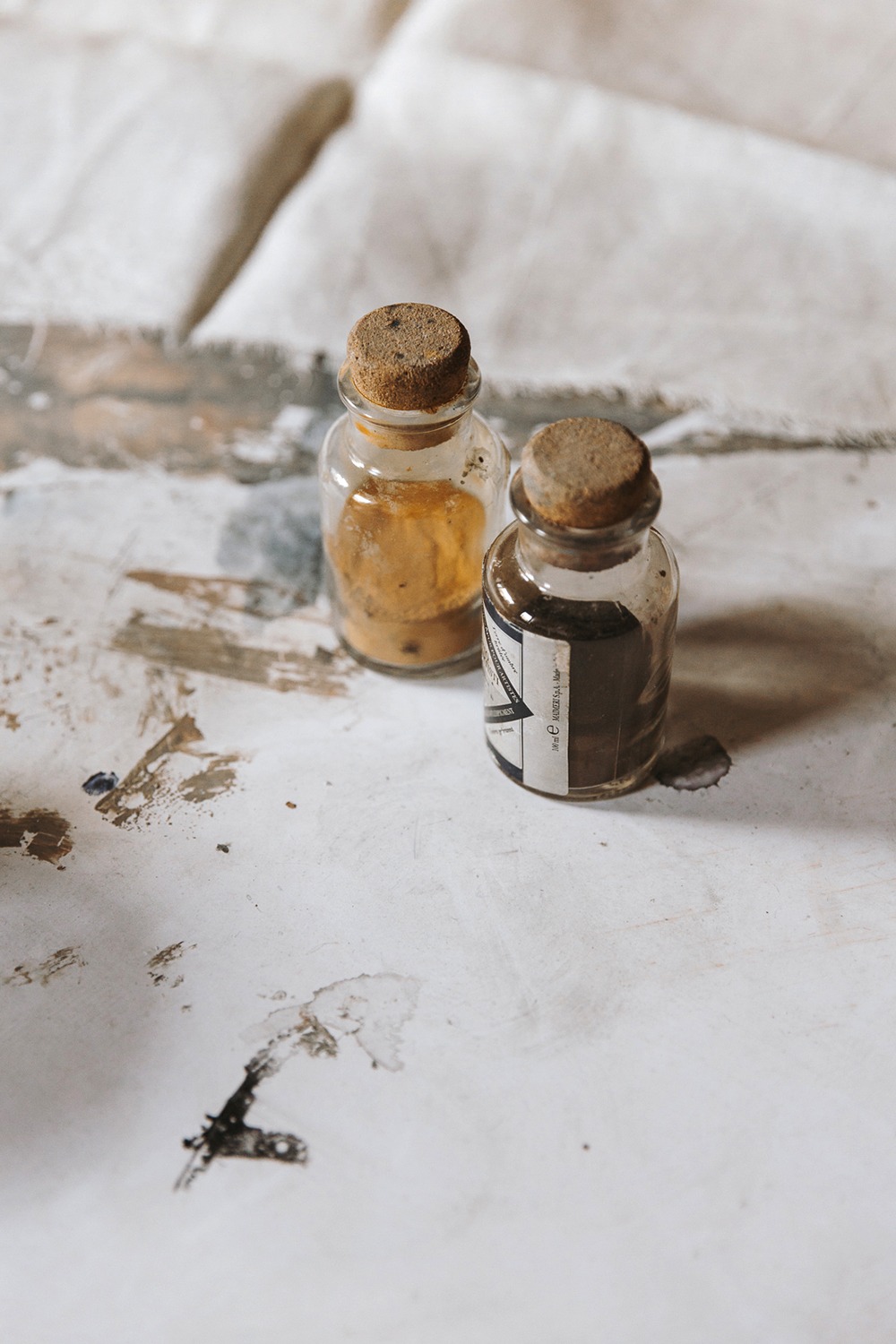
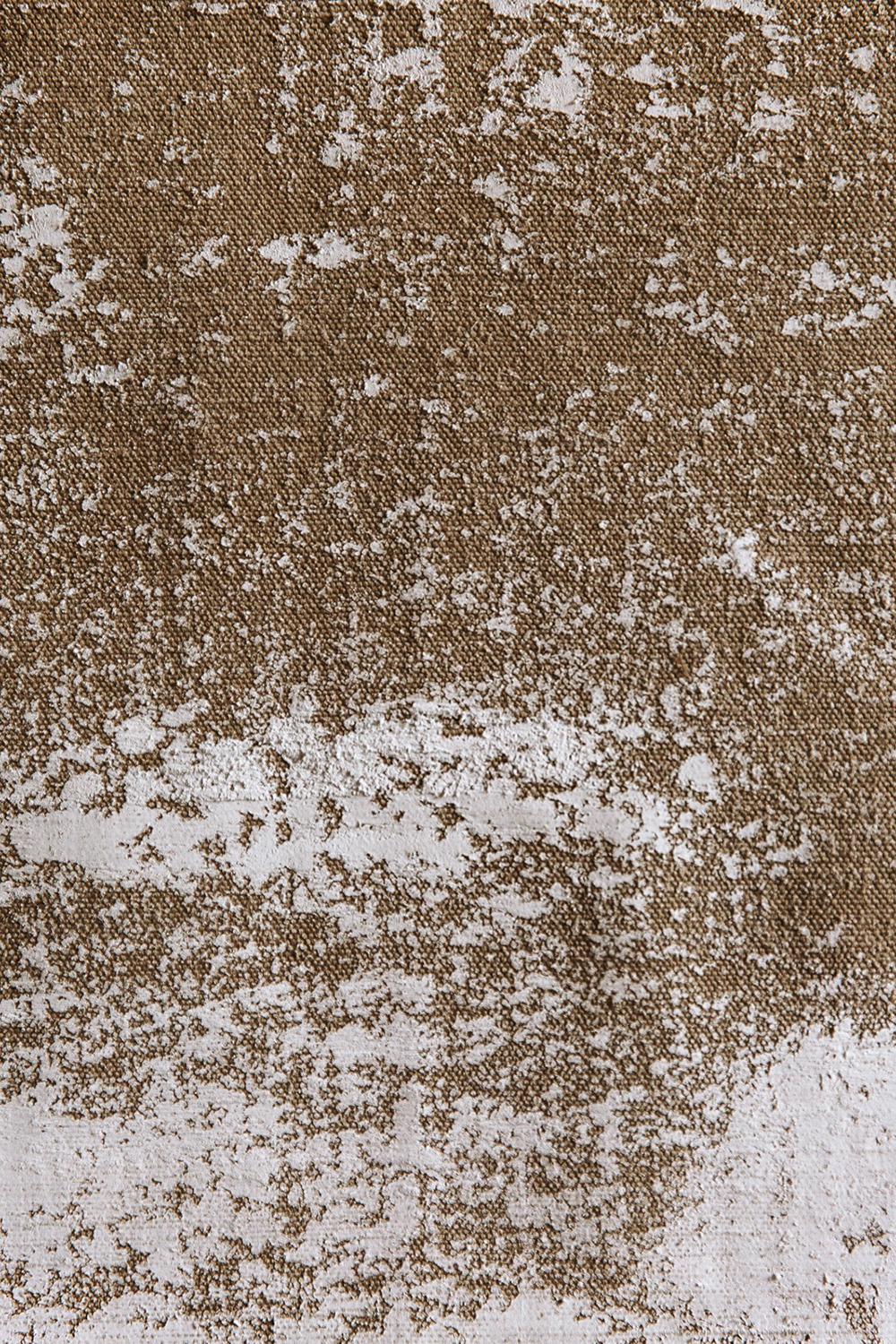
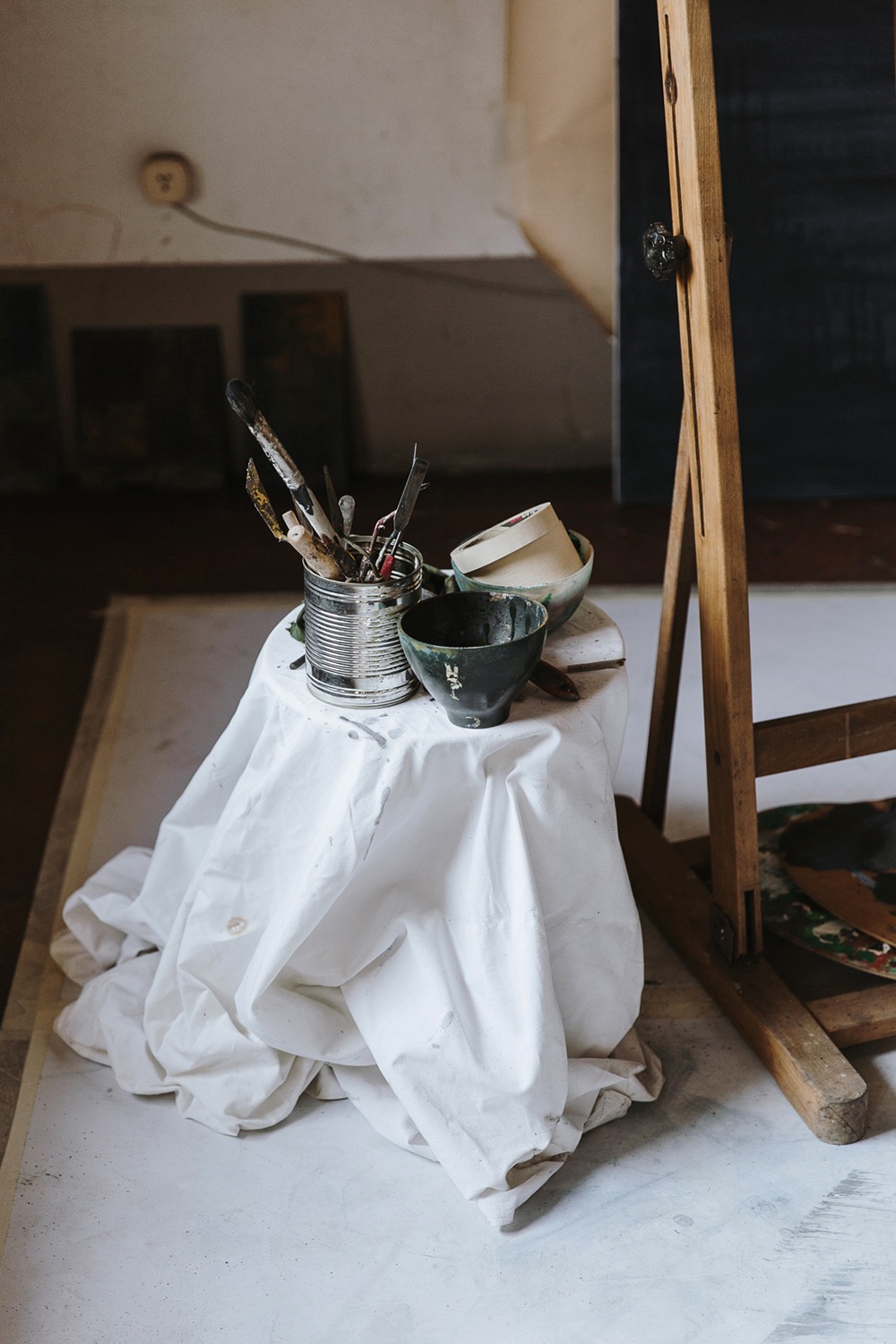
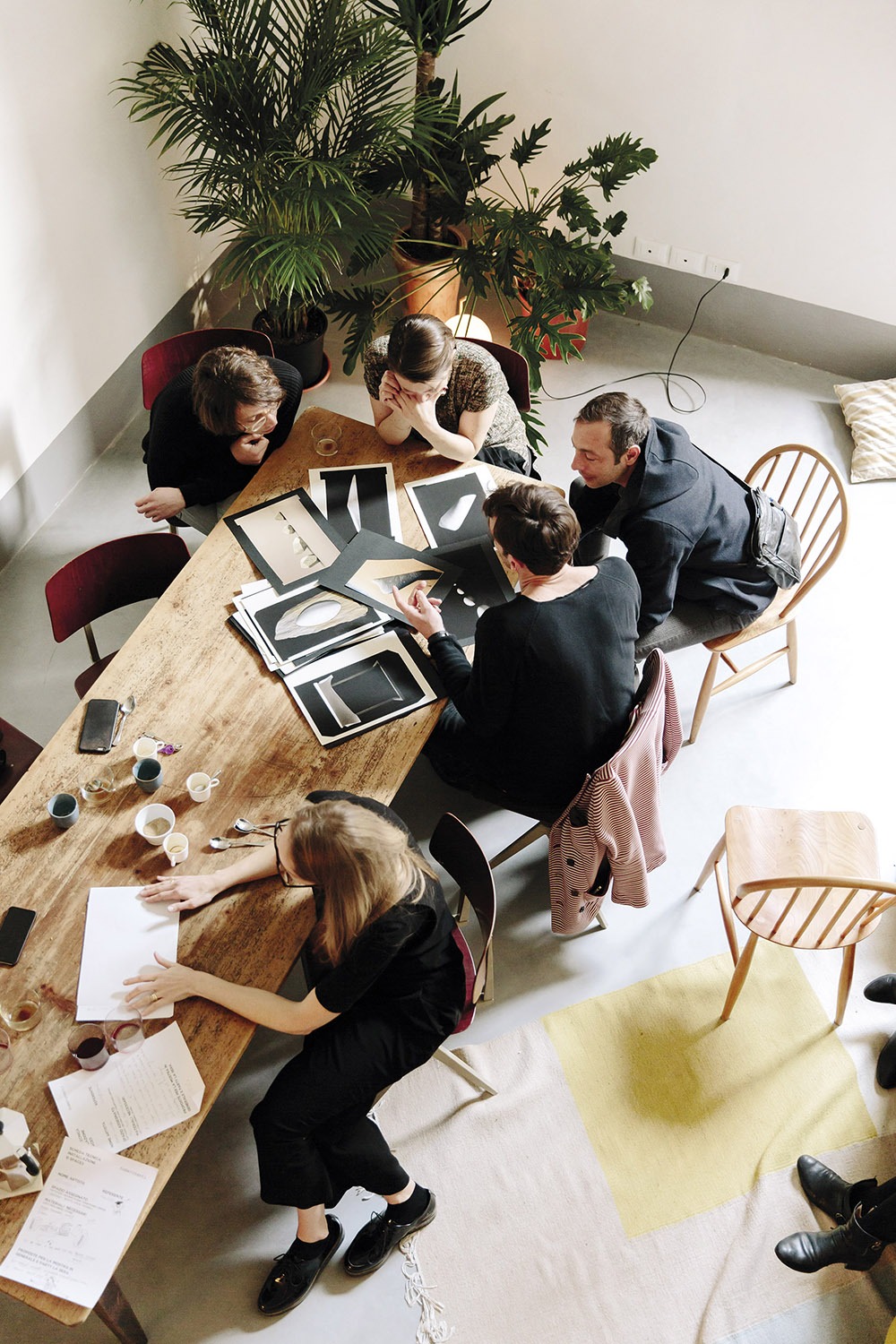
Fuelled by their success, Martino’s vision has turned to the future. Within five years he hopes to solidify Numeroventi’s status as a hotel for creative individuals with a full staff of experts, while still retaining its personal touch. He has also recently announced that Numeroventi will expand into the countryside, to his family’s vineyards in Chianti, where he plans to convert a space into a studio and apartments. Now living away from Florence, of all my fond memories of Numeroventi, one stands out.
On a spring evening I sat in an apartment with Martino, Andrew, and Natalia, staring at her newly-finished installation. Perfectly arranged around the room and suspended from the ceiling, it consisted of circular mirrors that projected our faces into the Baroque fresco with the pagan gods. Looking at it, Martino asked: “If you had to distill Florence into a symbol, what would it be?” We quickly embarked on a brainstorm of figurative language, comparing the city with a womb, nest, diamond, and lighthouse. In the subsequent calm, we all started to chuckle, conscious that we applied these affectionate metaphors not only to Florence, but to Numeroventi itself. Then Martino reached out his hand and spun the mirrors, scattering fragmented reflections all across the room, fusing images of the past and present together, rendering them indistinguishable.









